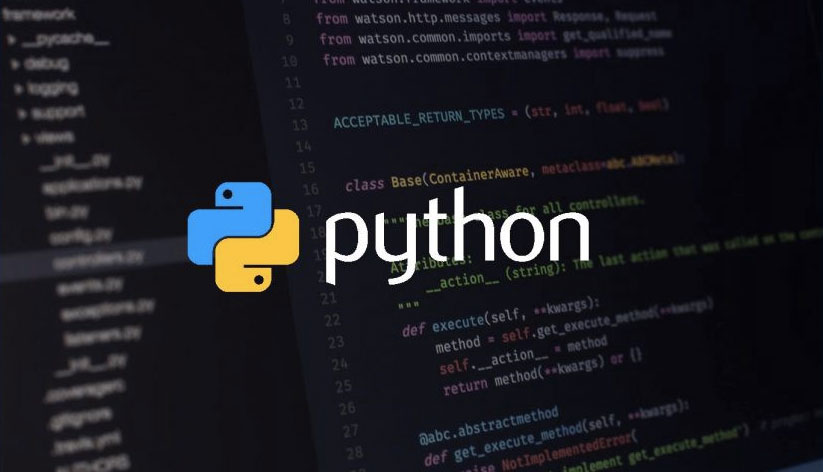Python str.encode() 字符串编码
说明
《Python 教程》 持续更新中,提供建议、纠错、催更等加作者微信: gairuo123(备注:pandas教程)和关注公众号「盖若」ID: gairuo。跟作者学习,请进入 Python学习课程。欢迎关注作者出版的书籍:《深入浅出Pandas》 和 《Python之光》。
Python 的字符串方法 encode() 方法返回给定字符串的编码版本,编码为字节串。
示例
示例如下:
'123'.encode()
# b'123'
'hello'.encode()
# b'hello'
'pythön!'.encode()
# b'pyth\xc3\xb6n!'
参数示例:
txt = "My name is Ståle"
print(txt.encode(encoding="ascii",errors="backslashreplace"))
print(txt.encode(encoding="ascii",errors="ignore"))
print(txt.encode(encoding="ascii",errors="namereplace"))
print(txt.encode(encoding="ascii",errors="replace"))
print(txt.encode(encoding="ascii",errors="xmlcharrefreplace"))
'''
b'My name is St\\xe5le'
b'My name is Stle'
b'My name is St\\N{LATIN SMALL LETTER A WITH RING ABOVE}le'
b'My name is St?le'
b'My name is Ståle'
'''
语法
语法如下:
string.encode(encoding='UTF-8',errors='strict')
默认情况下,encode() 方法不需要任何参数。它返回字符串的utf-8编码版本。如果失败,它将引发UnicodeDecodeError异常。
它有两个参数:
- encoding - 字符串必须编码的编码类型
- errors - 编码失败时的响应。有六种类型的错误响应
- strict - 失败时引发UnicodeDecodeError异常的默认响应
- ignore - 忽略结果中的不可编码unicode
- replace - 将不可编码的unicode替换为问号?
- xmlcharrefreplace - 插入 XML 字符引用,而不是不可编码的 unicode
- backslashreplace - 插入 \uNNNN 转义序列,而不是不可编码的 unicode
- namereplace - 插入 \N{...} 转义序列,而不是不可编码的 unicode
字符串编码
从 Python 3.0 开始,字符串存储为 Unicode,即字符串中的每个字符都由代码点表示。因此,每个字符串只是一系列 Unicode 代码点。
为了有效存储这些字符串,代码点序列被转换为一组字节。这个过程称为编码。
存在各种不同的编码,它们对字符串的处理方式不同。流行的编码是 utf-8、ascii 等。
使用 string encode() 方法,可以将 unicode 字符串转换为 Python 支持的任何编码。默认情况下,Python使用 utf-8 编码。
参考
- https://docs.python.org/zh-cn/3/library/stdtypes.html#str.encode
更新时间:2022-12-28 20:19:29 标签:python 字符串 编码



